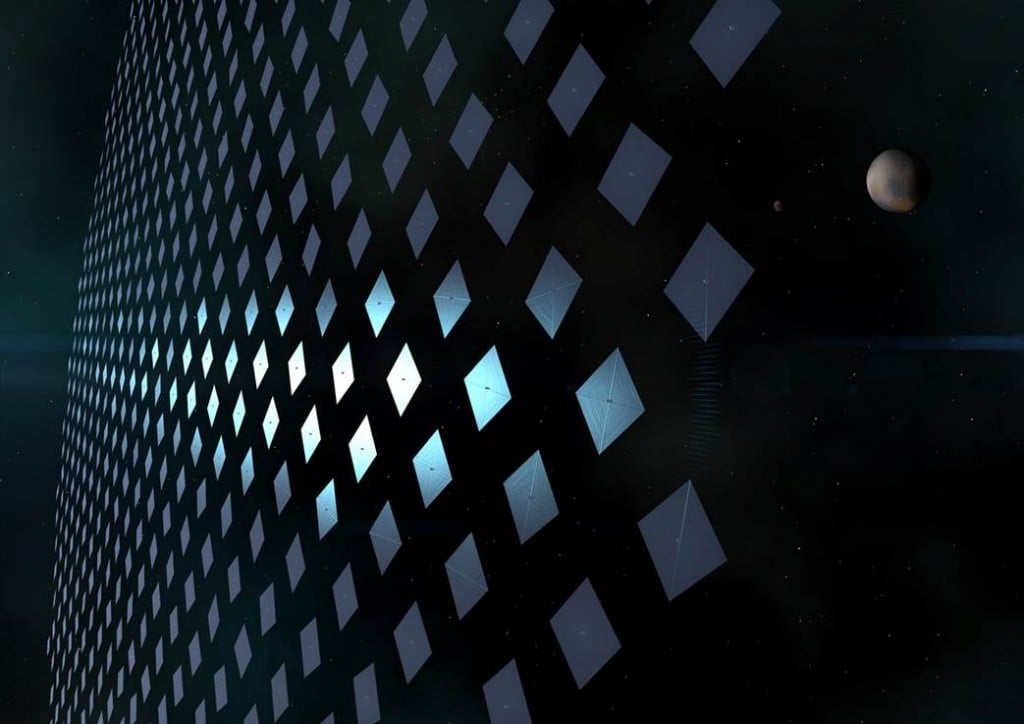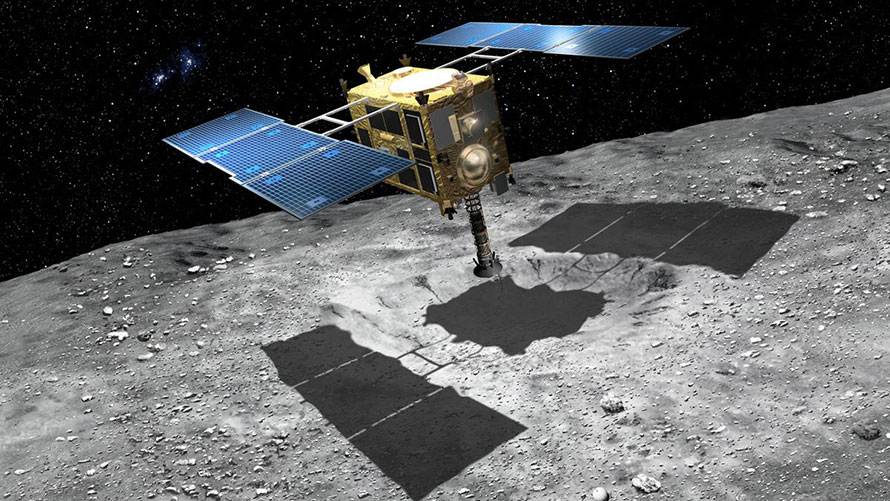
How might humanity go about establishing a colony on Ceres, the largest object in the Main Asteroid Belt?
Continue reading

Get ready: The queries are inbound. "Did you see those two bright things in the sky last night?" Says a well meaning family member/friend/coworker/random person on Twitter that knows you're into astronomy. "They were HUGE!"
Continue reading

The ESA has begun conducting experiments as part of their Analog project, which will allow human operators to control robotic rovers from orbit.
Continue reading

Thanks to an amateur tracker, the Lunar Reconnaissance Orbiter Camera team found the lunar impact site of China's Longjiang-2 satellite.
Continue reading

A team of astronomers estimates that the LSST (which will be operational in 2020) will allow us to learn more about Earths' "transient moons".
Continue reading

When it comes to planets, the largest planet in the universe probably isn't the most massive.
Continue reading

Researchers at the University of Buffalo's CASH Lab are working on a glider inspired by the stingray to explore Venus.
Continue reading

The KBO formerly known as Ultima Thule (2014 MU69) has officially been named "Arrokoth", the traditional Powhatan-Algonquin language.
Continue reading

A new study compares two potential means of interstellar exploration, which could have implications for both space exploration and the search for extra-terrestrial intelligence.
Continue reading

 Universe Today
Universe Today

















